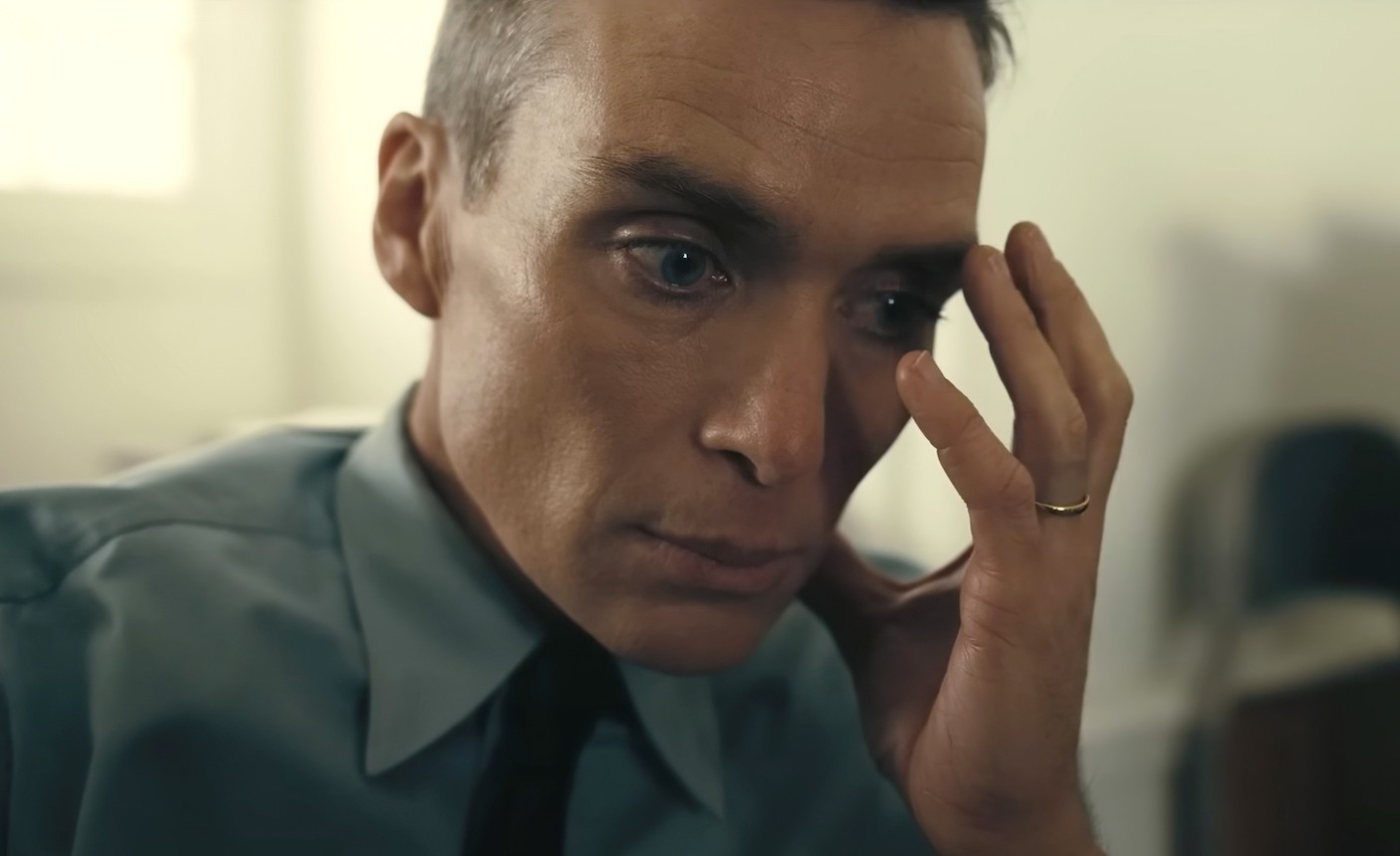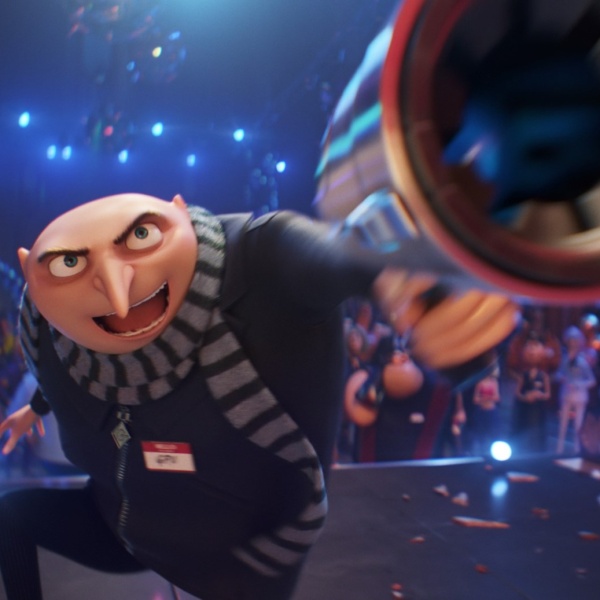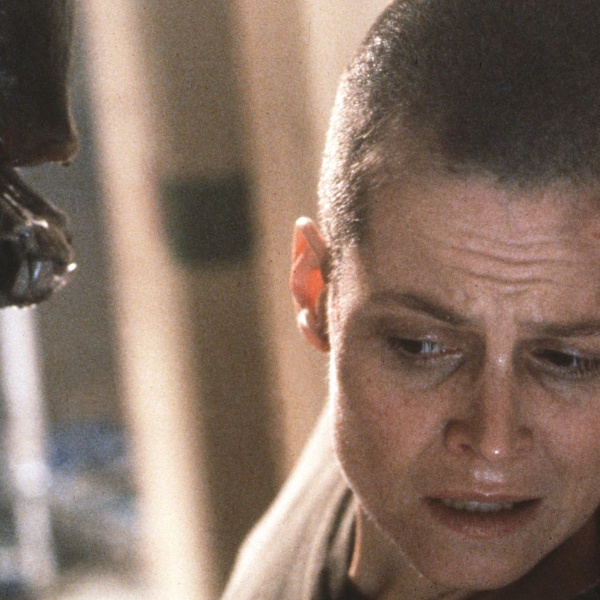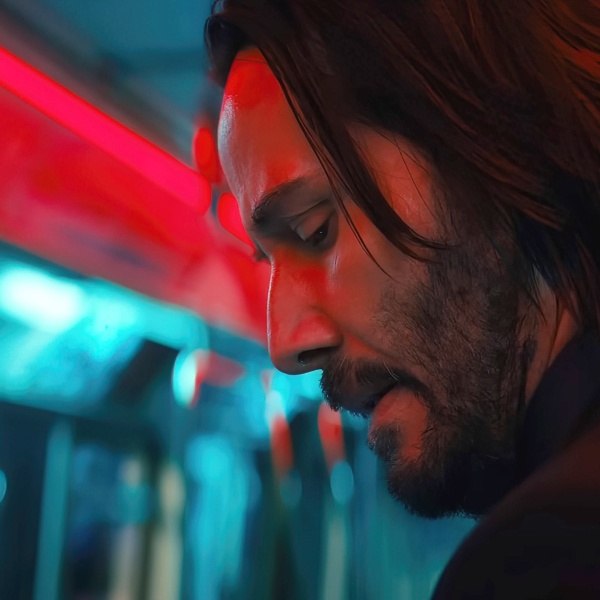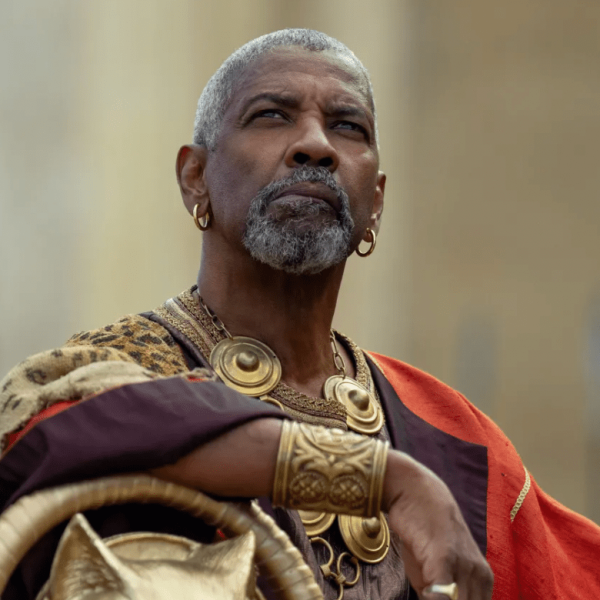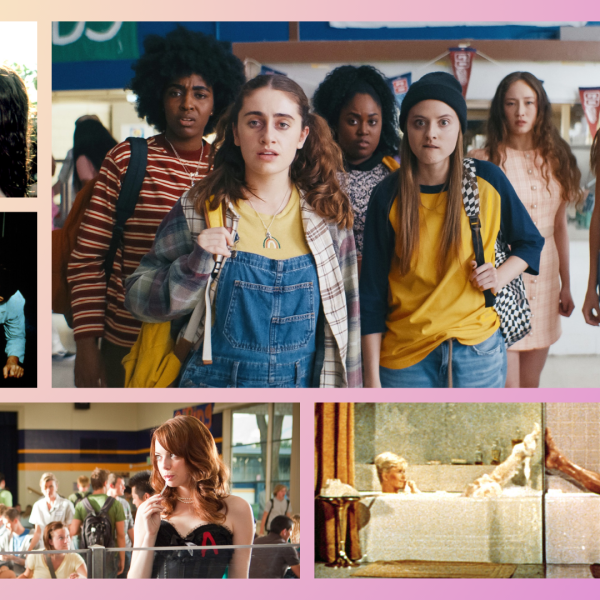This article contains IndieWire’s preliminary Best Sound predictions for the 2024 Oscars. We regularly update our predictions throughout awards season and republish previous versions (like this one) for readers to track changes in how the Oscar race has changed. For the latest update on the frontrunners for the 96th Academy Awards, see our 2024 Oscars predictions hub.
“Oppenheimer,” the explosive favorite for the sound Oscar, got the biggest boost from The Motion Picture Sound Editors and The Cinema Audio Society guilds. The MPSE bestowed all three nominations on Christopher Nolan’s historical thriller about “the father of the atomic bomb”: ADR, Effects/Foley, and Music Editing, while the CAS sound mixers nominated “Oppenheimer” for its top Motion Pictures – Live Action prize. The 71st MPSE Golden Reel Awards will be held March 3 at the Wilshire Ebell Theater in Los Angeles, and the 60th CAS Awards will be held March 2 at the Beverly Hilton.
“Oppenheimer” was one of 10 films to make the Oscars shortlist for Best Sound, ahead of the January 23 nomination announcement. Among the other shortlisted contenders, “Barbie” (ADR, Music Editing) “Maestro” (ADR, Music Editing), and “Napoleon” (ADR, Effects/Foley) received two MPSE noms, while “Ferrari” (Effects/Foley), “The Killer” (Effects/Foley), “Killers of the Flower Moon” (ADR) and “The Zone of Interest” (foreign language) received one.
In terms of the CAS, the other noms are “Barbie,” “Ferrari,” “Killers of the Flower Moon,” and “Maestro.”
For “Oppenheimer” (Universal) Nolan once again tapped his Oscar-winning supervising sound editor/sound designer Richard King (“Dunkirk,” “Inception,” “The Dark Knight,” “Master and Commander: The Far Side of the World”) to lead the expansive sound design. This included the Trinity test explosion, which sounded like a cosmic door slamming as well as the subatomic particles and waves and cosmic black hole, all manipulated by natural sound effects. Also on the team were Oscar-winning music and sound effects mixer Kevin O’Connell (“Hacksaw Ridge”) and dialogue mixer Gary Rizzo (“Dunkirk,” “Inception”).
Greta Gerwig’s billion-dollar blockbuster “Barbie” (Warner Bros.) achieved a unique artificial sound for the plastic Barbie Land, led by Oscar-nominated supervising sound editor/re-recording mixer Ai-Ling Lee (“First Man,” “La La Land”), sound designer/supervising sound editor Dan Kenyon, and O’Connell. A sense of imitated reality was achieved using vocal sounds, toys, and musical instruments. Sonically, it was like classic Disney animation meets a ’50s Hollywood musical.
In “Maestro” (Netflix), Bradley Cooper tapped sound designer/supervising sound editor King and Oscar-nominated production sound mixer Steve Morrow (who worked with him on creating a live Dolby Atmos mix for “A Star Is Born”) to create a soundscape for this complicated love story between legendary conductor/composer Leonard Bernstein (Cooper) and actress wife Felicia Montealegre (Carey Mulligan), spanning more than four decades (with the first-half in black-and-white, and the second half in color). It’s about the sound of Bernstein’s musical orbit, and the challenge was doing it all live as though we’re in the middle of the orchestra or among the people at a party. It’s an immersive achievement that doesn’t seem staged, and the Dolby Atmos is powerful. Bernstein’s impassioned conducting of Gustav Mahler’s “Symphony No. 2 (“Resurrection”) at Ely Cathedral in London is the emotional highlight.
David Fincher’s passion project, “The Killer” (Netflix), based on the graphic novel by Alex Nolent, finds Michael Fassbender’s patient and meticulous assassin making a rare mistake and then having to step out of his comfort zone to clean up the mess. Nine-time Oscar-nominated sound designer/supervising sound editor/sound mixer Ren Klyce (including “Fight Club”) takes us inside the mind of the Killer throughout six chapters that take place in Paris, the Dominican Republic, New Orleans, Florida, New York, and Chicago. Each has its distinctive soundscape on this journey from nihilism to caring that makes particular use of a mantra voice-over, his personal play mix (The Smiths), a score by Atticus Ross and Trent Reznor that occupies the upper and lower registers, and an immersive sound mix that’s like attaching a mic to the camera so you can hear everything around him.

Jonathan Glazer’s “The Zone of Interest” (A24), the acclaimed Holocaust drama about the banality of evil, features an appropriately disturbing soundscape from go-to sound designer/re-recording mixer Johnnie Burn. Loosely based on the Martin Amis novel, it explores real-life Auschwitz commandant Rudolf Höss (Christian Friedel ) and his wife (Sandra Hüller), an avid gardener, as they attempt to build a dream life with their family in the surrounding countryside next to the camp. Burn (who meticulously researched Auschwitz) treated it as a horror movie soundscape, piping sound into our ears to draw pictures in our heads and it was the most violent film he’s ever worked on. The result was a contrast in nature and the mechanical environment, punctuated by sounds of the atrocities and screams inside the camp.
“Mission: Impossible — Dead Reckoning Part One” (Paramount), from producer-star Tom Cruise and director Christopher McQuarrie, contained a more intimate visceral sound approach for Ethan Hunt’s (Cruise) high-octane adventure to thwart a global AI threat. Led by supervising sound editor James Mather and re-recording mixers Chris Burdon and Mark Taylor (Oscar winners for “Top Gun: Maverick”), the highlights include the brutal alley fight in Venice between Hunt and Pom Klementieff’s French assassin, Paris, the wild car chase in Rome, where Ethan and Grace (Haley Atwell) are up against a giant Hummer in a tiny Fiat, and the kitchen scene during the final train wreck, when the Orient Express falls off a broken bridge one carriage at a time. Every sound was isolated and experienced.
Martin Scorsese’s “Killers of the Flower Moon” (Apple TV+/Paramount), about the systematic murders of Osage tribal members in Oklahoma during the 1920s after oil was discovered on their land, captures the culture of the Indigenous people. This is part of the soundscape’s strategy of contrasting beauty and evil, led by Oscar-winning supervising sound editor Philip Stocktock (“Hugo”), Oscar-winning production sound mixer Mark Ulano (“Titanic”), and Oscar-winning re-recording mixer Tom Fleishman (“Hugo”). Throughout, there is tribal music, especially recurrent drumbeat that builds tension, as well as traditional dancing and spoken language, and the soundscape had to get the intonation right and proportionate.
For Michael Mann’s “Ferrari” (Neon) biopic, starring Adam Driver, the sound team of sound designer/re-recording mixer Tony Lamberti, sound designer Bernard Weiser, Oscar-winning sound mixer Lee Orloff, and Oscar-winning re-recording mixer Andy Nelson recreated the ’50s Ferrari car sounds and their unique noises, from the induction to the transmission to the exhaust. They sourced actual Italian cars to re-record the sounds of the engines and captured the sound of the cars on racetracks in the middle of nowhere in the UK to eliminate any environmental sounds.
Ridley Scott’s “Napoleon” (Apple TV+/Sony Pictures) navigates Napoleon Bonaparte’s (Joaquin Phoenix) rapid rise to power from military leader to Emperor, fueled by his obsessive love for his wife, Empress Joséphine (Vanessa Kirby). The emphasis on the soundscape, led by Oscar-nominated sound designers/supervising sound editors Oliver Tarney and James Harrison (“No Time to Die”), production sound mixer Stephane Bucher (Oscar-nominated “The Last Duel”), and re-recording mixers Massey and William Miller (Oscar-nominated “News of the World”), are on the six legendary battles (each with distinctive geometric designs).
Gareth Edwards’ “The Creator” (20th Century/Disney), the sci-fi actioner about a war between humanity and AI, contains an unsettling soundscape of gunfire, explosions, robotics, and the atmosphere of Southeast Asia, led by supervising sound editors Erik Aadahl (the Oscar-nominated “A Quiet Place”) and Ethan Van Der Ryn (the Oscar-winning “King Kong” and “The Lord of the Rings: The Two Towers”).
Frontrunners
“Barbie”
“Ferrari”
“Maestro”
“Oppenheimer”
“The Zone of Interest”
Contenders
“The Creator”
“The Killer”
“Killers of the Flower Moon”
“Mission: Impossible – Dead Reckoning Part One”
“Napoleon”
